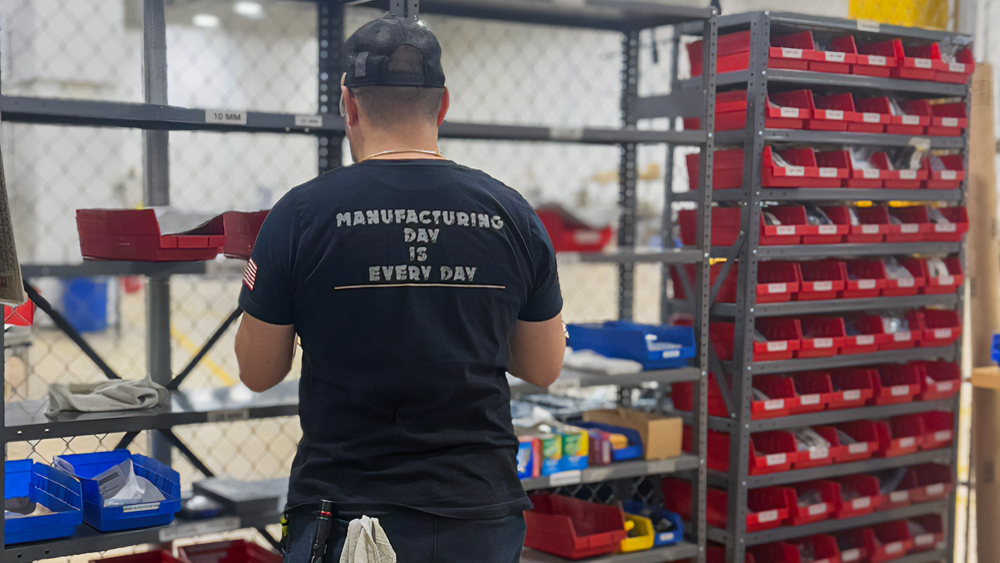Standardizing the tooling used in a CNC Swiss precision machine shop offers several significant benefits that contribute to improved efficiency, cost savings, and enhanced overall operations. Here are some key advantages of standardizing tooling that we have found at Pioneer Service:
- Detailed Tool Management: For every single part we produce, we maintain a comprehensive tool list that includes tool locations and tool life tracking. This ensures that we know exactly where everything is and when it needs to be replaced. The tool list is constantly updated after each use. We also include a notes section to record alternatives, special instructions, or lessons learned from previous production runs.
- Regular Inventory Checks: We conduct quarterly inventory counts to ensure our records are accurate and that we have the necessary tools on hand for upcoming projects. This helps prevent disruptions and keeps production running smoothly.
- Automated Tool Ordering: Our automated system tracks tool usage and calculates how many tools need to be ordered weekly. This system ensures we never run out of critical tools while also avoiding overstocking, which keeps costs in check.
- Tool Life Optimization: By closely monitoring tool wear and updating tool lists, we maximize tool life while maintaining machining accuracy. This process reduces waste and ensures that we’re always using tools that are in peak condition.
- Focus on Continuous Improvement: Pioneer Service actively reviews tooling performance and incorporates new technology to stay competitive. For example, when a tool shows signs of inefficiency, we immediately evaluate alternative solutions to improve future runs.
- Customer-Centric Customization: For specific customer projects, we also adapt our tooling to handle unique requirements, such as custom geometries or exotic materials. This flexibility allows us to maintain precision while meeting tight deadlines.
Pioneer Service has seen significant benefits from standardizing their tooling, including increased operational efficiency, cost control, and improved product quality. It has also allowed for fast turnaround on orders for customers that have an unexpected requirement and require parts in less than normal production times. Standardized tooling has also simplified processes, reduced downtime, and enhanced the overall performance and competitiveness of the shop.



